2013 Hyundai Sonata Hybrid Overview
If you do a quick Google search, you will find a number of “2013 Hyundai Sonata Hybrid” reviews, but if they were written before Feb. 21, do not believe them.
Those were all written or videoed based on the 2012 and under the assumption that the 2012 would carry forth unchanged into 2013.
In fact, the car was updated significantly, as we originally reported it was in process of being in the second week of February. Hyundai had not issued a press release of its intentions, but we found out by directly contacting Hyundai, so this info is accurate based on its latest press release for the now-updated car.
New Sonata Hybrids
After holding back its release until tweaking a host of details, Hyundai has announced the specifics of its upgraded 2013 Sonata Hybrid and these center around mpg-boosting changes to its powertrain.
The Sonata Hybrid will now come in two versions instead of one trim level, both boasting a more efficient 2.4-liter Theta II four-cylinder Atkinson cycle engine with the electrified side featuring much higher-output LG Chem lithium-polymer batteries along with higher electric motor output.
Their EPA efficiency estimates have been bumped accordingly. The base Sonata Hybrid sees its city figure increase from a previous 34 mpg to 36 mpg for the 2013, and highway mpg goes up from 39 to 40 for 2013, and combined, the estimate is up from 36 to 38 mpg for 2013. The Hybrid Limited will offer 36/40/37.
In recent months, Hyundai – and sister company Kia whose Optima Hybrid relies on the same powertrain but hasn’t released details yet on what will likely be the same upgrades – have caught some negative publicity over these cars.
They downgraded the 2012s by 1 mpg on their EPA estimates and set up a fund to compensate owners who felt they had been over-promised but under-delivered.
In question now is whether, having been chastened by its lessons, and sending the Sonata Hybrid – and presumably Kia Optima Hybrid to follow – back to the drawing board, these cars may possibly under promise but over-deliver.
The MPG advertising number game is a big part of the marketing for these cars, and Ford was similarly caught short with its “47 mpg” Fusion Hybrid, while Toyota’s Camry Hybrid is more on-target with its advertised numbers.
Powertrain
The Hybrid Blue Drive system in the Sonata Hybrid gets better mileage by relying on electric drive mode more often, including on the highway. This was accomplished by bumping up the battery discharge power significantly from 34 kW to 47 kW – or 5.3 amp-hours capacity. The new pack is also smaller, and lighter – 92.4 pounds to 87.8 pounds – thus liberating some trunk space – up from 10.7 cubic feet to 12.1. Further, Hyundai increased the Hybrid Starter Generator (HSG) from 8.5 kW to 10.5 kW of capacity to provide more charging capacity and, in turn, seamless electric starts.
The engineers, having more juice on tap, then turned up the electric motor output from 30 kW to 35 kW. An optimized hybrid operating strategy lets the clutch decouple the gasoline engine from the drivetrain and depending on the battery state of charge, the electric motor takes over.
This is a common hybrid operating strategy, but Hyundai says its optimized system lets all-electric drive happen more often, and when when in pure electric drive, the Sonata Hybrid can drive electrically up to 75 miles per hour.
This is not to be confused with the capabilities of plug-in hybrids like the Ford Fusion Energi which can operate in series hybrid mode more often still. But the Sonata Hybrid’s HSG is used primarily to improve clutch engagement when synchronizing engine to transmission speed. Coupled to the transmission is the primary traction motor which cannot be used to charge the hybrid battery when the car is stationary. If the battery state of charge is low and the car is stationary, the HSG will automatically restart the engine, which then charges the lithium polymer battery pack – an energy storage technology Hyundai was one of the first to market with for production vehicles.
When the driver releases the brake and presses the accelerator, the Sonata Hybrid will pull away smoothly and silently in electric drive mode with the clutch still disengaged, Hyundai says. In this mode, the Sonata will briefly behave like a series hybrid. Once the car is in motion and torque demand increases, the clutch will engage and send engine tractive effort through the transmission again.
System power for the now Atkinson cycle engine and the more powerful motor remains at a 206 horsepower peak. A compact six-speed automatic transmission is retained, and this is unique compared to more common CVT transmissions in hybrids. Hyundai has positioned these cars with un-hybrid-like styling, at least in a traditionally held sense, and has said it wants to show these as fun to drive as well.
Hyundai notes also improvements to drivability by improved hybrid system clutch control, improved vehicle response by throttle tuning, optimized regenerative braking shift pattern, and decreased friction in the compact six-speed automatic transmission
Sleeker than a Prius
While the body design has not changed, Hyundai says small tweaks to the exterior over the regular gas-powered Sonata give the Hybrids a coefficient of drag of 0.24. The Toyota Prius is 0.25, and while not a huge difference, the Sonata sedan is postured as more sporty, and its cd actually beats that of cars like a Nissan GT-R (0.27) and Porsche 911 GT2 (0.34) – not that its engine output, suspension, and brakes are equal to these fire-breathers, but the aerodynamics for what is otherwise a family car are noteworthy.
The Sonata Hybrid will sticker for $25,650, excluding $795 freight charge, and is no stripped model. It includes features like power windows, locks, heated mirrors, remote keyless entry, alarm, and immobilizer, LED headlight accents and taillights, electroluminescent instrument cluster (Supervision), 4.2-inch color TFT multifunction trip computer with hybrid technology display, and dual automatic temperature control.
The Sonata Hybrid Limited MSRP is $30,550, excluding $795 freight charge, and gets the following upgrades as standard:
• 17-inch Eco-spoke alloy wheels with unique finish (up from 16-inch on base)
• Leather seating surfaces
• Leather-wrapped steering wheel & shift knob
• Heated rear seats
• Power driver seat with lumbar support
• Navigation system with high-resolution touch-screen display
• Rear backup camera
• Infinity® premium speakers, subwoofer and external amplifier (400-watt)
• HD Radio® Technology with multicasting
• SiriusXM® NavTraffic, NavWeather and Sports & Stocks w/ 90-Day Trial
• Auto-dimming mirror/HomeLink®/Compass
• Premium door sill plates
A Panoramic Sunroof Package is also available on the Limited for $1,000 additional.
The cars come with a limited lifetime battery warranty and 10-year powertrain warranty and Hyundai notes its cutting-edge lithium-polymer cells developed with LG Chem are part of the reason it stands behind them. These use manganese-spinel chemistry said to provide an excellent compromise between power delivery, energy density, and thermal stability. Hyundai says its cells have much lower expansion rates thus abling them to go through tens-of-thousands of charge cycles without risk of cracking as is the case with other li-ion technologies, and without having to use a heavier, liquid-cooling system.
Under promised?
We pressed Hyundai for details as to whether these specs add up to more than the conservative upticks in EPA estimates suggest. The last time Hyundai was accused of over-promising, it fully admitted its overstepping the bounds, and immediately got busy updating the cars to make good in full.
So, given the serious attempts at demonstrating an about-face and market competitiveness, we asked whether instead of overstating mileage its self-certification for EPA numbers might be holding back a little in a more conservative stance?
Hyundai would not directly answer this pointed question, but Senior Manager, Midwest Product Public Relations Miles Johnson merely said, “All I can say is I can’t wait for you to drive it.”
Become an AutoGuide insider. Get the latest from the automotive world first by subscribing to our newsletter here.
More by Jeff Cobb



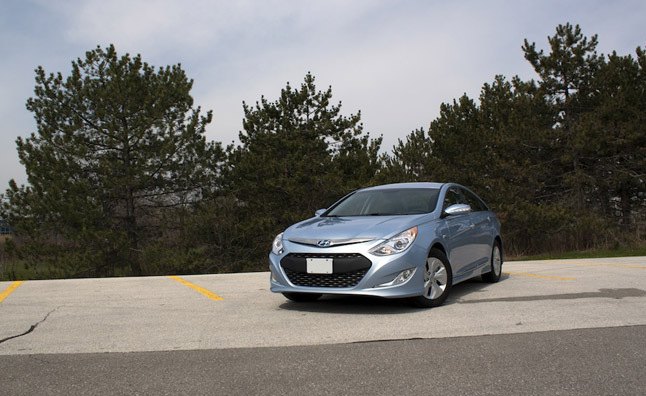



















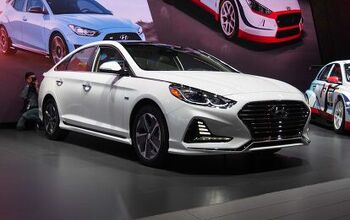
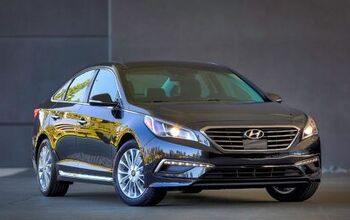
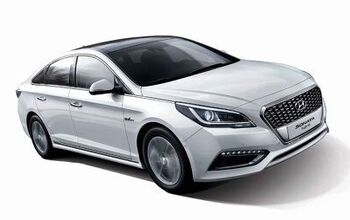

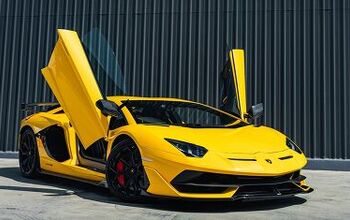
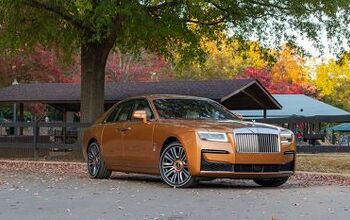
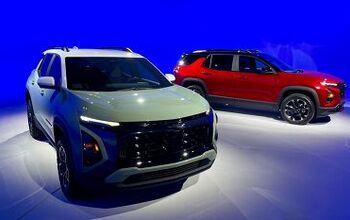
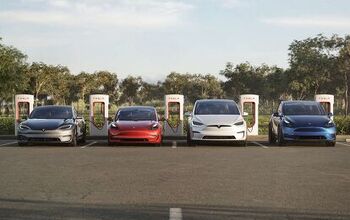

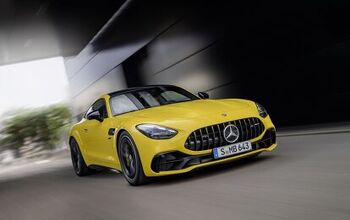



Comments
Join the conversation